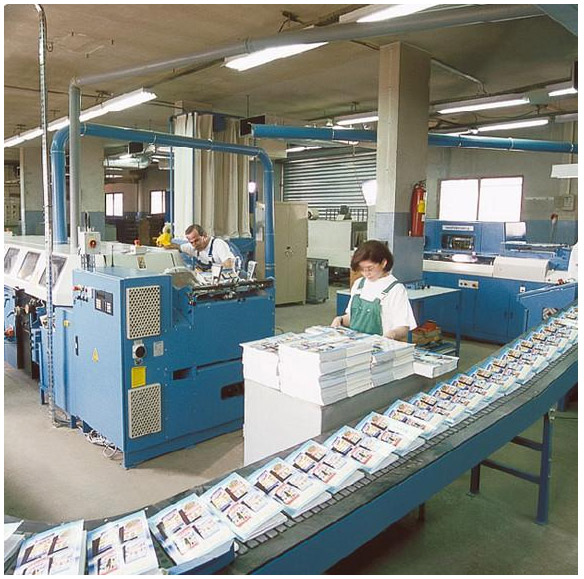If you are a lover of history and printing, then you will enjoy learning more about the history of the printing press. This is a device used for applying ink evenly onto paper or cloth. The printing press is often considered one of the most important inventions of Western civilization. In fact, the printing press is what helped Europe elevate its status throughout the world.
Around 1450, Johann Gutenberg invented the printing press. Before then, multiple copies of manuscripts were done by hand. This made it a difficult and laborious task that could take years to complete. The invention of the printing press changed all of that. Now, more manuscripts could be made in just a few weeks as opposed to what might take a lifetime by hand. Not to mention, it enabled the mass circulation and publication of literature.
How was it designed?
Well, the printing press got its inspiration from the presses farmers used to make olive oil. It also used a heavy screw to place the printing block against the paper. Sure, there was no such thing as cheap printer supplies back then, but this started an educational revolution of sorts. In fact, Thomas Carlyle (Sartor Resartus, 1833) had this to say about the printing press, “He who first shortened the labor of copyists by device of movable types was disbanding hired armies, and cashiering most kings and senates, and creating a whole new democratic world: he had invented the art of printing.”
Prosperity and the printing press
The spread of the Renaissance culture spread after 1450. Peace, the decline of famine and the plague promoted peace and prosperity throughout Germany, France, Italy, England and Spain. As a result, many schools and colleges were founded. Of course, only the sons of gentlemen and nobles attended. Their degrees were meant to prepare them for a career either in the church or civil service. Nonetheless, Gutenberg’s printing press techniques had spread rapidly. By 1500, around 2,500 European cities had acquired presses. Even without cheap printer supplies, this invention multiplied the output and cut the costs of books. This means that information was now more accessible to a larger segment of the population, not just nobles and gentlemen. Anyone eager for information could get their hands on a few books. Libraries now had the ability to store greater quantities of information.
What came about
As a result, printing increased the literacy of the common people. Their self-taught education (from printed books) helped make their lives much easier. While most of the earliest books were printed on religious subjects, that started to change with the humanistic undertones of the Rennaissance. Soon, medical, practical and travel manuals were being printed. Soon, scientific progress became much faster and more reliable. You didn’t have to wait for someone to hand copy new scientific discoveries.
Now that you know the history of the printing press, you can truly appreciate how far printers have come. The fact that we all can conveniently print from our homes is a testament to the great inventors of our past.


